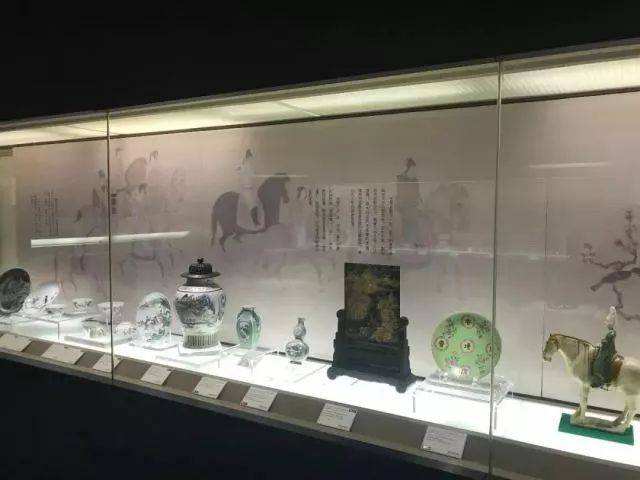The Art and Science of Museum Showcase Customization
25/03/2025
10706
- Industry News
& nbsp; Museum exhibition cabinets are not only containers for displaying cultural relics, but also bridges between audiences and history, art and science. The customization of display cabinets is not only an art, but also a science, which requires comprehensive consideration of functionality, safety, aesthetics and environmental protection. The following is a detailed discussion of the customization process of museum display cabinets. & nbsp; The size and layout of the display case is the primary consideration. Before customizing the display cabinet, professionals need to measure the museum site accurately to ensure that the size of each display cabinet is in harmony with the spatial layout of the museum. This is not only to optimize the use of space, but also to provide the best viewing experience for the audience. The size of the display cabinet should be adjusted according to the size and type of the exhibits, so as not to waste space, but also to fully display the characteristics of the exhibits. For example, independent cabinets are suitable for large cultural relics, while wall cabinets can make better use of vertical space to display small cultural relics or paintings. & nbsp; The choice of materials is crucial. The materials of museum display cabinets need to be environmentally friendly and stable in order to avoid damage to cultural relics. Commonly used materials include cold-rolled steel, glass, acrylic and so on. Ultra-white tempered glass, ultra-white double-layer laminated glass or low-reflection laminated glass are generally used to ensure high transparency and low reflectivity and enhance the display effect. The steel plate is treated by sandblasting and baking varnish, which is not only beautiful and durable, but also can effectively prevent rust. The interior is filled with flame-retardant plywood, which increases the safety of the display cabinet.

& nbsp; & nbsp; & nbsp; Aesthetics and visual layout are also elements that cannot be ignored. The design of the display cabinet should be coordinated with the overall style of the museum to create a neat and generous visual effect. The arrangement and layout of display cases should take into account the flow of visitors to ensure that visitors can enjoy the exhibits smoothly. The choice of color and material should be harmonious and unified, so as to avoid being too fancy and affecting the display effect of exhibits. & nbsp; The customisation process typically includes the stages of measurement, design, production, transport and installation. Accurate data are obtained in the measurement stage, plans are formulated according to customer needs and measurement data in the design stage, production is strictly carried out in accordance with the design plan in the production stage, and professional personnel are required in the transportation and installation stage to ensure that the display cabinet reaches the designated location safely and correctly. & nbsp; The customization of museum display cases is a complex and delicate process, which requires the perfect combination of art and science. Through reasonable size and layout, selected materials and structures, good sealing and environmental control, and beautiful visual design, the display cabinet can not only protect and display cultural relics safely, but also bring a good viewing experience to the audience.
Huabo Art Exhibition has been deeply engaged in the design, customization, production and installation of exhibition cabinets for more than ten years, creating quality with ingenuity and leading the future with innovation. We focus on providing one-stop display cabinet solutions for museums, art galleries, memorials, art galleries, science and technology museums, history museums, memorials and other cultural institutions.
